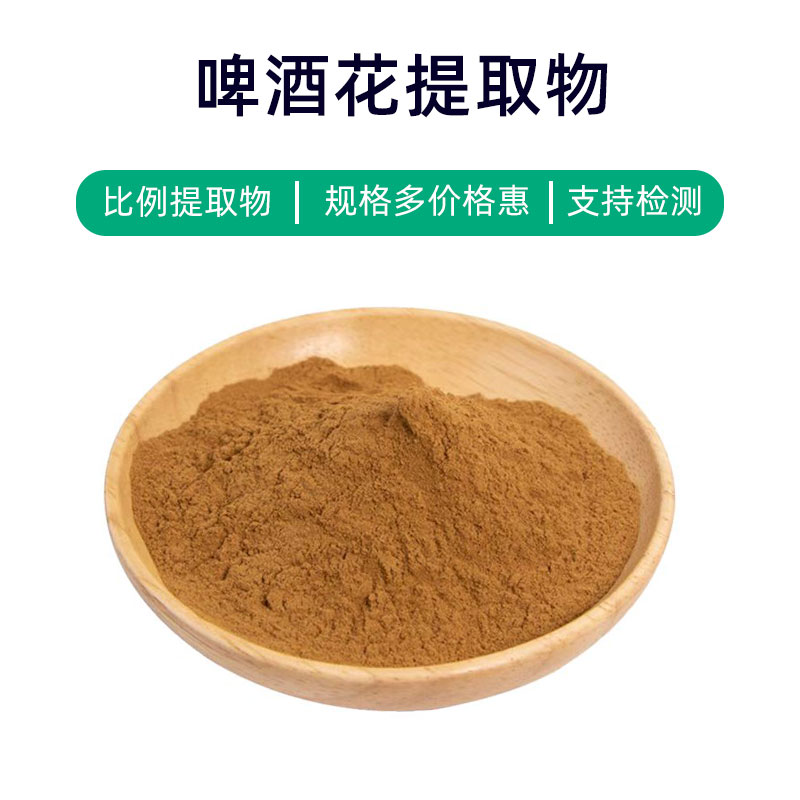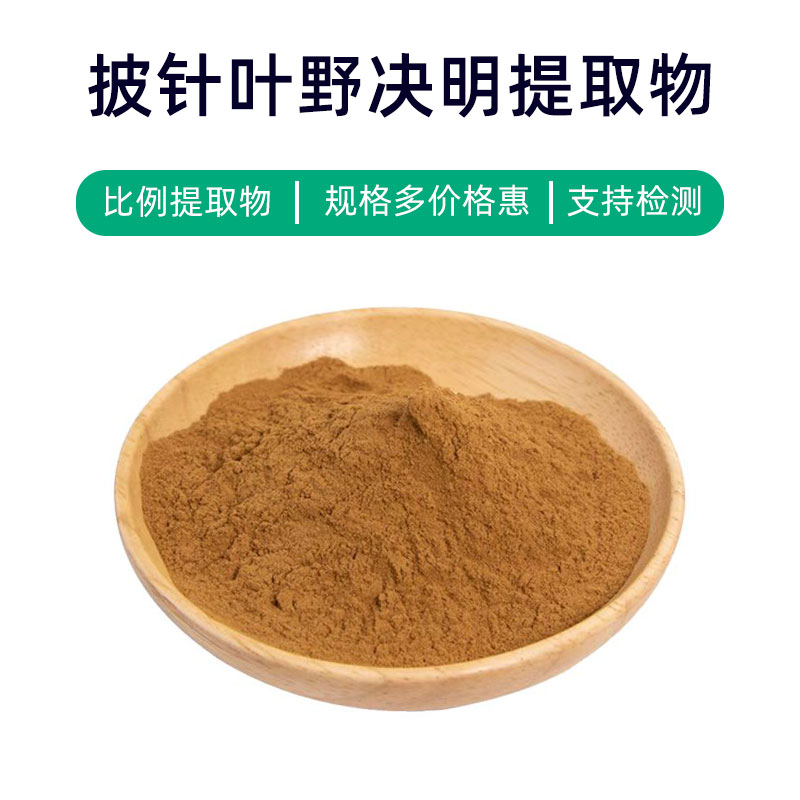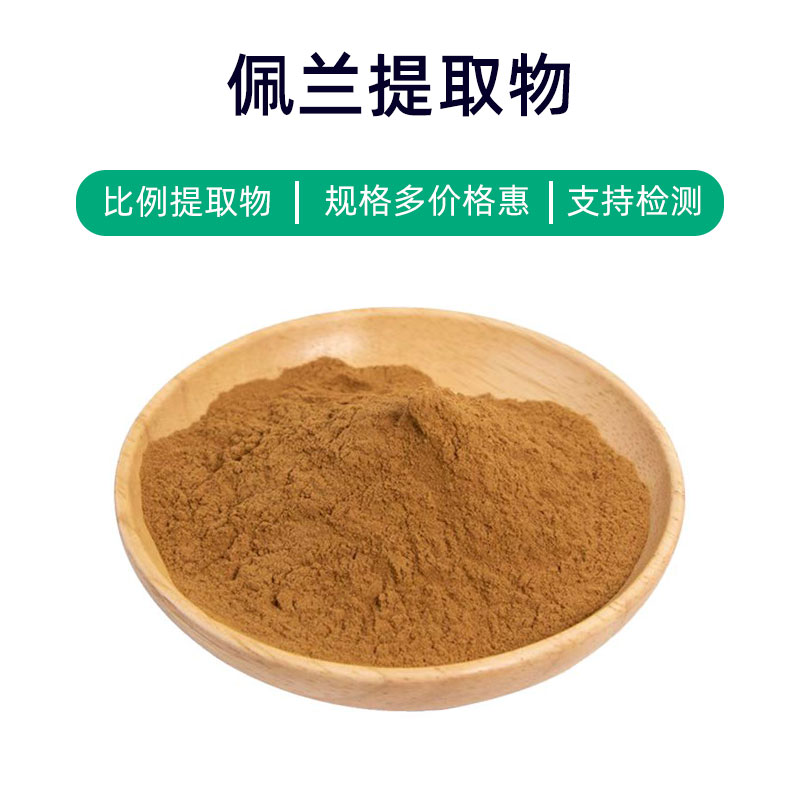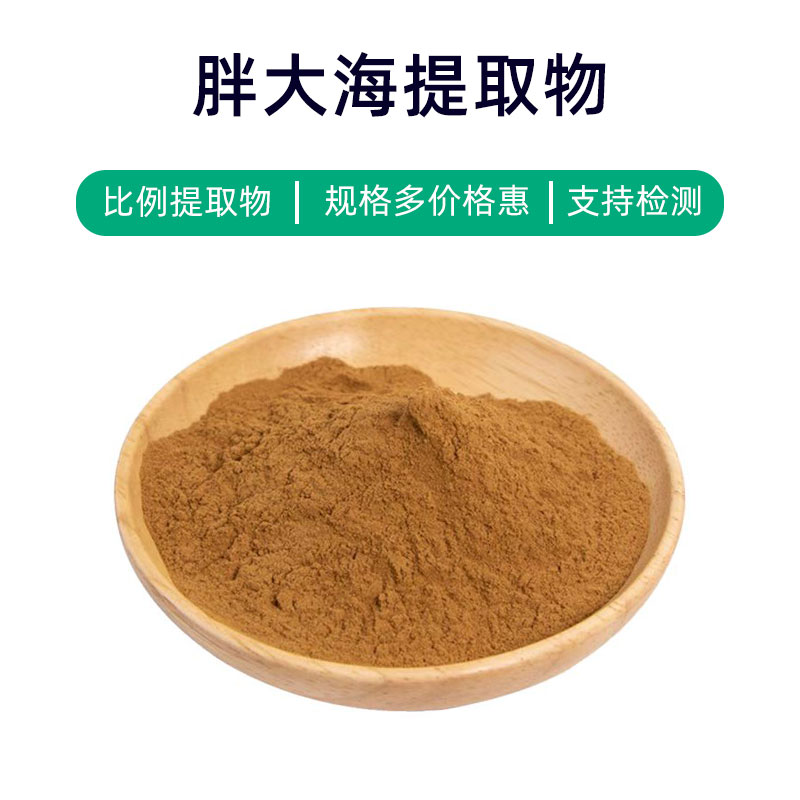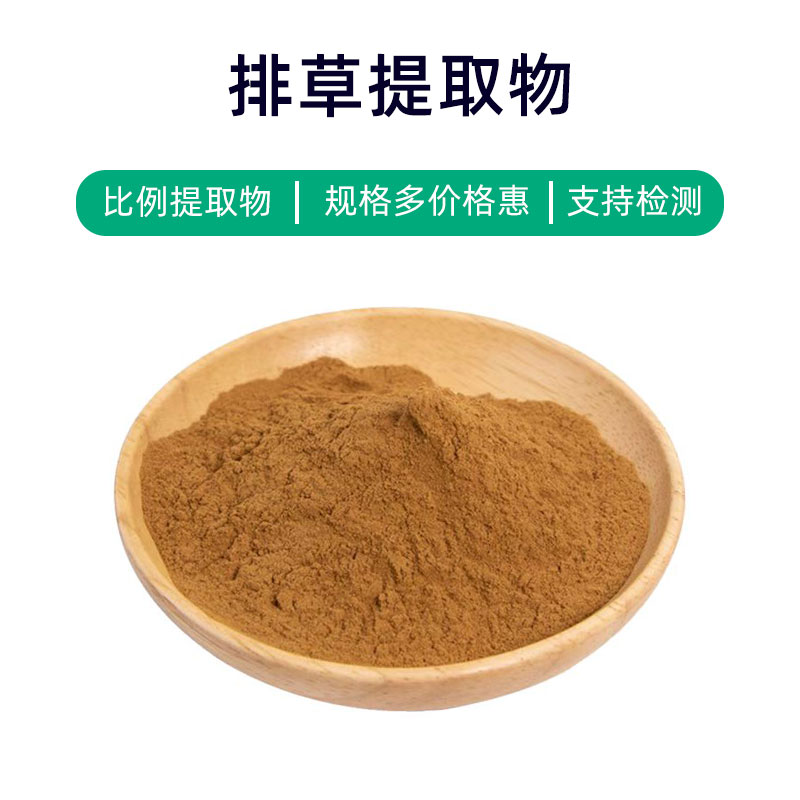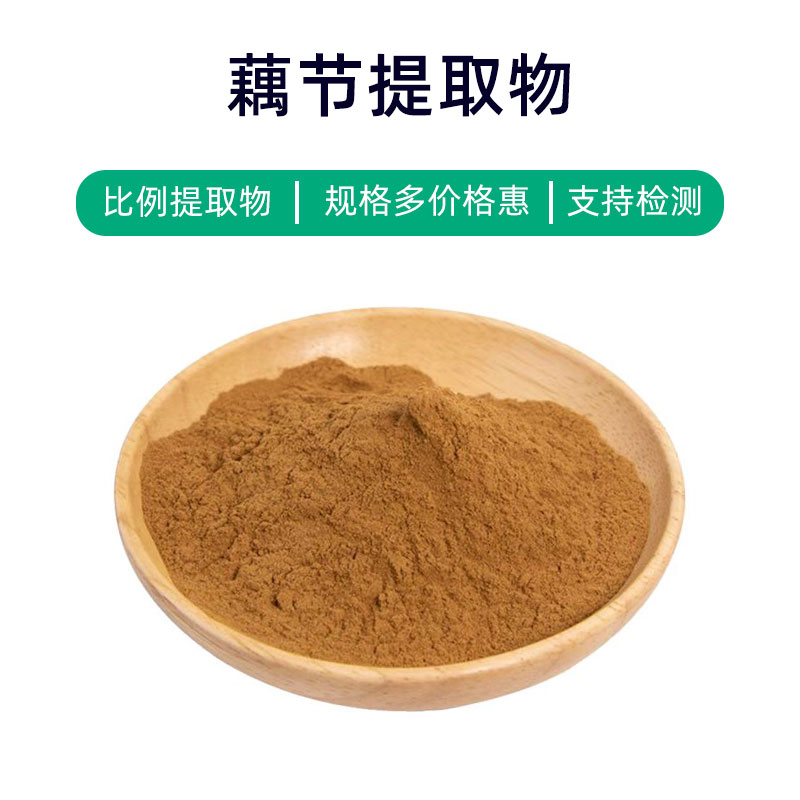Leek Seed Extract Product Introduction
Leek seed extract is a natural plant extract derived from the seeds of leeks (Allium tuberosum). Its primary components include a rich array of trace elements like selenium, zinc, iron, as well as selenium proteins, proteins, and fats. These components provide a variety of benefits and applications.
Firstly, leek seed extract is rich in natural antioxidants like selenium, which helps eliminate free radicals in the body, slows down cellular aging, enhances immunity, and prevents the onset of chronic diseases.
Secondly, leek seed extract promotes blood circulation, aiding in improved blood flow and reducing the risk of thrombosis, contributing positively to cardiovascular health.
Additionally, leek seed extract is widely used in the cosmetics industry, where its antioxidant and moisturizing properties make it a common ingredient in many skincare and hair care products. It helps to hydrate the skin, repair damaged hair, and maintain healthy and youthful skin.
In summary, leek seed extract, as a natural plant extract, has various health and beauty benefits and is widely used in health supplements, pharmaceuticals, and cosmetics.
Leek Seed Extract Production Process
The production process of leek seed extract typically includes the following steps:
- Raw Material Collection and Preparation: Fresh leek seeds need to be collected as the raw material for extraction. These seeds should be of good quality and maturity. After collection, the seeds are washed and dried to remove impurities and moisture.
- Crushing and Grinding: The cleaned leek seeds are crushed and ground into a fine powder to increase extraction efficiency and surface area, facilitating the subsequent extraction process.
- Extraction Process: The crushed leek seed powder is immersed in a suitable solvent (like water or ethanol), through methods like heating and stirring to dissolve the plant's effective components into the solvent, forming an extract solution.
- Filtration and Concentration: The extract solution is filtered to remove suspended particles and impurities, resulting in a clear extract solution. Then, methods such as evaporation or reduced pressure concentration are used to remove the solvent from the extract solution to obtain concentrated leek seed extract.
- Refinement and Separation: The concentrated extract undergoes further refinement and separation processes, utilizing methods like condensation, crystallization, or precipitation to remove residual impurities and solvents, improving the purity and stability of the extract.
- Drying and Packaging: Finally, the refined leek seed extract is dried to produce a powder or solid form, then packaged and sealed to prevent moisture, oxidation, and contamination, ensuring product quality and stability.
All production processes must strictly control operational conditions and parameters at each stage to ensure that the quality, purity, and safety of the extract meet standard requirements.
Effects and Side Effects of Leek Seed Extract
Leek seed extract is a natural plant extract with various effects and benefits, primarily including the following:
- Antioxidant Properties: Leek seed extract is rich in multiple antioxidants, such as polyphenolic compounds and vitamin C, which help neutralize free radicals in the body, slow cellular aging, and protect cells from oxidative damage.
- Anti-inflammatory Effects: The active components in leek seed extract possess anti-inflammatory properties, which can inhibit the occurrence and development of inflammatory responses, alleviating discomfort and pain caused by inflammation.
- Cardiovascular Health Protection: Studies indicate that certain components in leek seed extract can lower blood lipids and blood pressure, and dilate blood vessels, which helps protect cardiovascular health and prevent cardiovascular diseases.
- Digestive Aid: Leek seed extract contains abundant dietary fiber and digestive enzymes, which can stimulate the secretion of digestive fluids, enhance intestinal motility, and help improve digestive function, preventing constipation and indigestion.
- Immune System Boost: The active components in leek seed extract have immune-regulating effects, enhancing the body's immunity and resistance to infections and diseases.
- Antimicrobial and Antiviral Effects: Some components in leek seed extract exhibit antimicrobial and antiviral properties, inhibiting the growth and reproduction of bacteria and viruses, contributing to the prevention of infectious diseases.
- Beauty and Skincare: Leek seed extract is rich in vitamins and antioxidants, providing moisturizing, nourishing, and anti-wrinkle effects, making it suitable for skincare product formulations that help improve skin texture and reduce wrinkles and pigmentation.
However, despite the various benefits, attention should be paid to individual differences and adherence to the principle of moderation in usage to avoid adverse reactions from excessive use. For specific populations, such as pregnant women, children, and breastfeeding women, it should be used under medical guidance to ensure safety and efficacy.
Application Scenarios and Dosage of Leek Seed Extract
Leek seed extract finds wide applications in medicine, food, and cosmetics, with dosage varying based on different fields and specific product requirements.
- Medical Applications:
- Uses: Leek seed extract is often used in traditional Chinese medicine as a herbal material that shares medicinal and food properties, which has benefits such as clearing heat and detoxifying, promoting urination, and alleviating pain.
- Dosage: Typically used in powdered form, it can be made into pills, granules, decoctions, etc., with the dosage determined by the condition and doctor's recommendations.
- Food Applications:
- Uses: Leek seed extract can serve as a food additive, commonly utilized in condiments and health supplements to impart unique flavors and nutritional value.
- Dosage: Generally used in small amounts, added in proportion according to the recipe and quality requirements.
- Cosmetic Applications:
- Uses: Leek seed extract is frequently employed in cosmetics as a natural plant extract with moisturizing, antioxidant, and anti-aging properties, used in skincare products and shampoos.
- Dosage: It can be directly added to skincare items and shampoos, with the amount based on product formulations and efficacy needs, recommended to follow production guidelines and formulation ratios.
Overall, the use of leek seed extract in medicine should align with the guidance of a healthcare professional; in food and cosmetics, it should meet product formulation and safety standards. Products containing leek seed extract must comply with relevant regulations to ensure their quality and safety.
Plant Source, Distribution, and Growth Environment of Leek Seed Extract
Leek seeds (scientific name: Allium tuberosum Rottler ex Spreng.), also known as garlic chives, chives, and scallions, are the seeds of the perennial leek plant, belonging to the onion family (Alliaceae). Below is an introduction to the plant source, distribution, and growth environment of leek seeds.
- Plant Source:
Leek seeds are obtained from the leek plant, which is a common perennial herb. Its stem is cylindrical and hollow, the leaves are flat and grow in clusters, and its flowers are white or pale purple with a distinctive garlic aroma. The leek plant is mainly consumed for its stem and leaves, while leek seeds are its mature seeds. - Distribution:
The leek plant originated in China and is widely distributed across various regions of the country, including Northeast, North China, Northwest, East China, and Southwest regions. Additionally, leeks have been cultivated and introduced to several other countries and regions, such as Japan, South Korea, and Russia. - Growth Environment:
The leek plant thrives in mild and humid environments, usually growing best in sunny areas with well-drained soil. They are highly adaptable and can grow in high-altitude mountainous regions as well as low-altitude plains. The leek plant does not have strict soil requirements, preferring loose, fertile, and well-drained soils, with some tolerance for saline-alkaline conditions.
When cultivating leek plants, sowing or transplantation is typically done in spring or autumn. During the growing period, proper fertilization and watering are needed while also focusing on pest and disease control to ensure healthy growth and yield. Leek seeds are generally harvested after the plants mature, and the seeds collected and processed can be used for consumption, medicinal purposes, and other applications.
In summary, leek seeds are a common plant seed derived from the leek plant, widely distributed with strong adaptability to growth environments. They are an important crop and a common ingredient in daily life.
Processing and Storage of Leek Seed Extract
The processing of leek seed extract typically includes the following steps: first, cleaning and removing impurities, washing the harvested leek seeds to eliminate surface dirt and residues; then drying the seeds to reduce moisture content and enhance stability; next is crushing and extraction, where the dried leek seeds are ground and then extracted using a suitable solvent to obtain leek seed extract; finally, filtration, concentration, and drying are carried out on the resulting liquid to filter and concentrate, ultimately yielding leek seed extract powder.
For the storage of leek seed extract, it is generally recommended to take the following measures: store the extract in a dry, cool, and ventilated environment, avoiding direct sunlight and high temperatures; choose well-sealed containers to prevent moisture and oxygen ingress; regularly check the condition of the extract to ensure it is free of odors and moisture; avoid prolonged exposure to air to maintain quality and stability. Proper processing and storage methods can effectively preserve the quality and efficacy of leek seed extract and extend its shelf life.
Monica Sun is a seasoned expert in the plant extraction industry with over a decade of experience in research and production. She specializes in the extraction and purification of plant active ingredients, focusing on driving innovation in natural product applications. Monica has participated in the development of multiple functional plant extracts, delivering high-value natural raw material solutions for the health food, pharmaceutical, and dietary supplement sectors.









